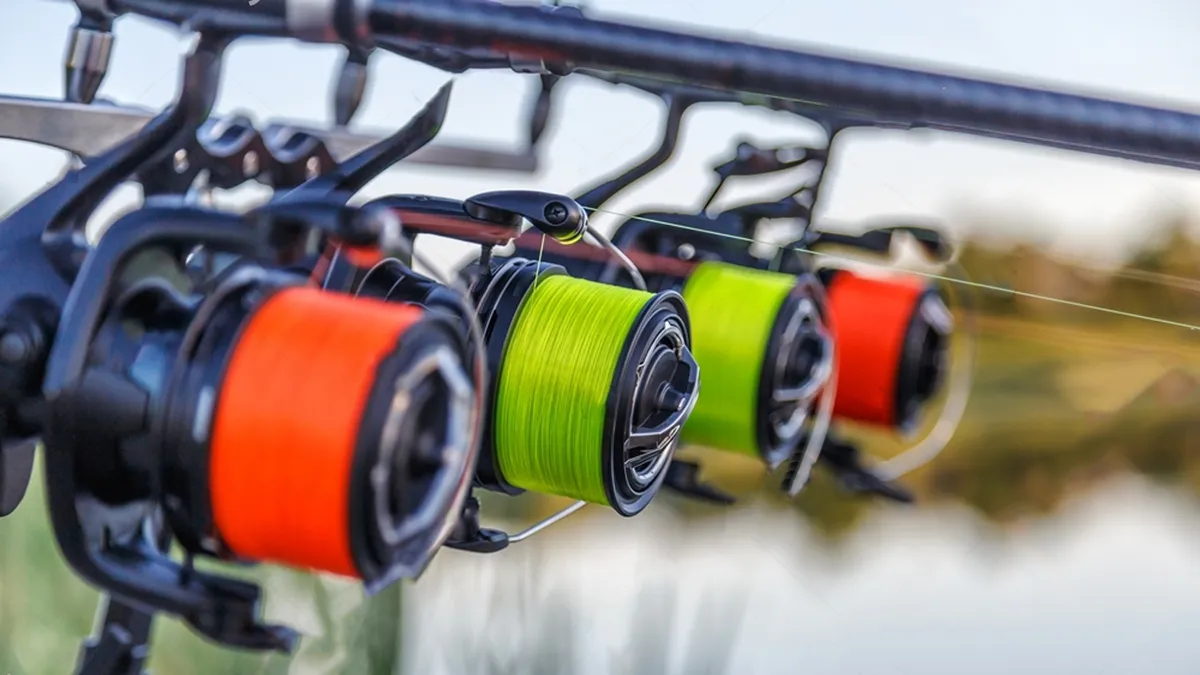Ever wondered why braided fishing line is a favorite among anglers? It’s simple: unmatched strength, incredible sensitivity, and longer casting distances make it a game-changer. However, even the best tools have their challenges, like pesky wind knots, line digging into the spool, and wear from rough conditions.
No stress, though. Solving these common issues means more time fishing and less time fussing. On a different note, if you’re on the hunt for a high-quality braided fishing line that delivers performance and durability, check out ReelBoss. Our selection of braided fishing lines is designed to help you tackle any challenge and enhance your fishing success.
Understanding Braided Line Challenges
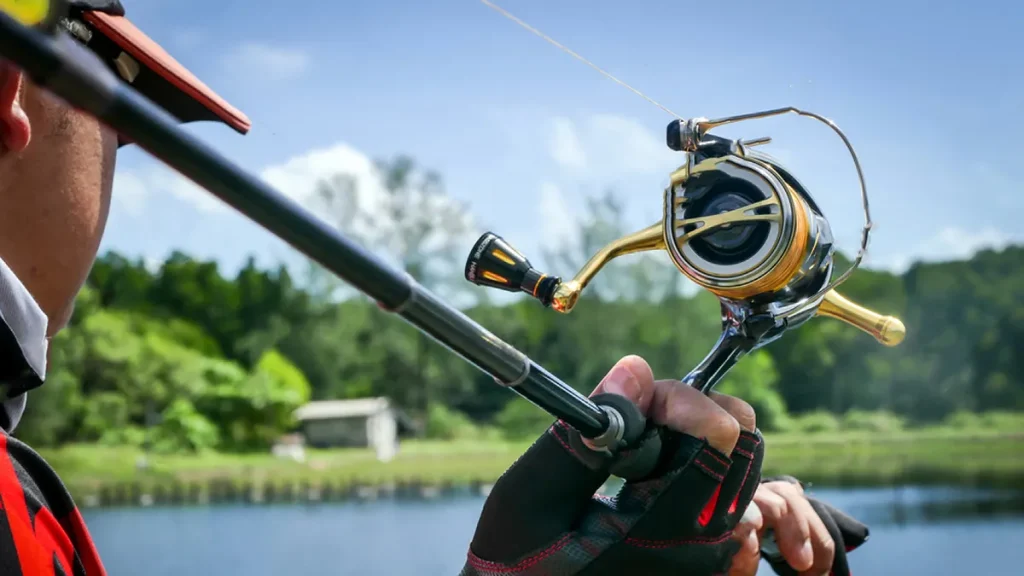
Jumping into the world of braid fishing line brings a lot of perks, but it’s not without its hurdles. Let’s break down some of the common snags you might hit along the way.
Wind Knots
Ever find yourself dealing with a tangled mess instead of a smooth cast? Wind knots are often the culprits, and they’re not just about the wind. They can spring up from not spooling your line correctly, using casting techniques that don’t jive with braided lines, or even when the weather decides to throw you a curveball. Getting the hang of managing your line can help you avoid these knotty frustrations.
Line Digging
Then there’s the issue of line digging. Picture this: you’re in a heated battle with the catch of the day, and suddenly, your line starts to bury itself into the spool. Why? Under heavy tension, braided lines can cut into themselves, making it a real pain to cast or retrieve smoothly. It’s a common hiccup that can trip up even the most seasoned anglers.
Abrasion Resistance
And let’s talk about abrasion resistance. There’s a bit of a myth floating around that all braid fishing lines are like Superman—invincible. But here’s the truth: not all braided lines are created equal. The right choice in line can mean the difference between bringing home dinner or a tale of the one that got away. Understanding the specific abrasion resistance of your line is key to making sure it can stand up to whatever you (or the fish) throw at it.
So, you’ve got a bit of insight into the challenges that come with using braided lines. But don’t let that deter you. With a bit of knowledge and the right approach, you can tackle these issues head-on. Stay tuned, because up next, we’re diving into how you can prevent common braided line issues. We’ll cover how to keep your line in top shape and ensure your fishing trips are as smooth as the lines you cast. Get ready to level up your angling game!
Preventative Measures for Braided Line Issues
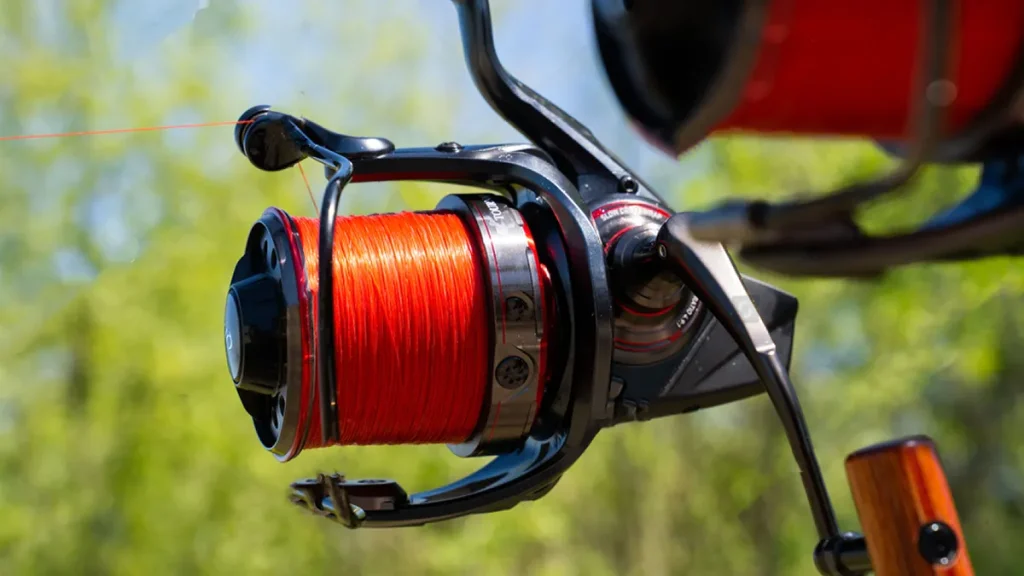
Now that we’ve navigated through the common challenges that come with braided lines, let’s dive into how you can prevent these issues from tangling up your fishing experience. It’s all about being proactive rather than reactive, mate!
Proper Spooling Techniques
First off, spooling your braided line correctly is crucial. Incorrect spooling is a one-way ticket to frustration, leading to wind knots and line digging. Here’s a pro tip: start with a backing line. A monofilament backing provides grip, preventing the braided line from slipping on the spool. Ensure the line is wound tightly and evenly, which maintains tension and avoids those dreaded digs and tangles.
Choosing the Right Line
Not all braided lines are created equal. Picking the right one can feel like finding a needle in a haystack, but it’s simpler than you think. Consider the fishing environment and the species you’re targeting. For clear waters, a thinner, more invisible line might be your best bet. For rough, abrasive conditions, go for a line known for its durability and abrasion resistance. Remember, the right line can make or break your fishing day.
Casting Techniques
Let’s talk casting. Adjusting your casting technique can significantly reduce the risk of wind knots and improve your casting distance. Slow and steady wins the race here. A smooth, controlled cast allows the line to flow freely and evenly, minimizing the chances of knots and tangles. Practice makes perfect, so don’t be afraid to spend some time perfecting your technique.
Armed with these preventative strategies, you’re well on your way to a smoother, more enjoyable fishing experience. But what happens when, despite your best efforts, you still run into issues? No worries! Stay tuned for our next part, we’ll talk about solutions to common braided line problems. We’ll tackle how to deal with those inevitable snags head-on, ensuring you spend more time fishing and less time fixing. Get ready to become a braided line troubleshooting pro!
Solutions to Common Braided Line Problems
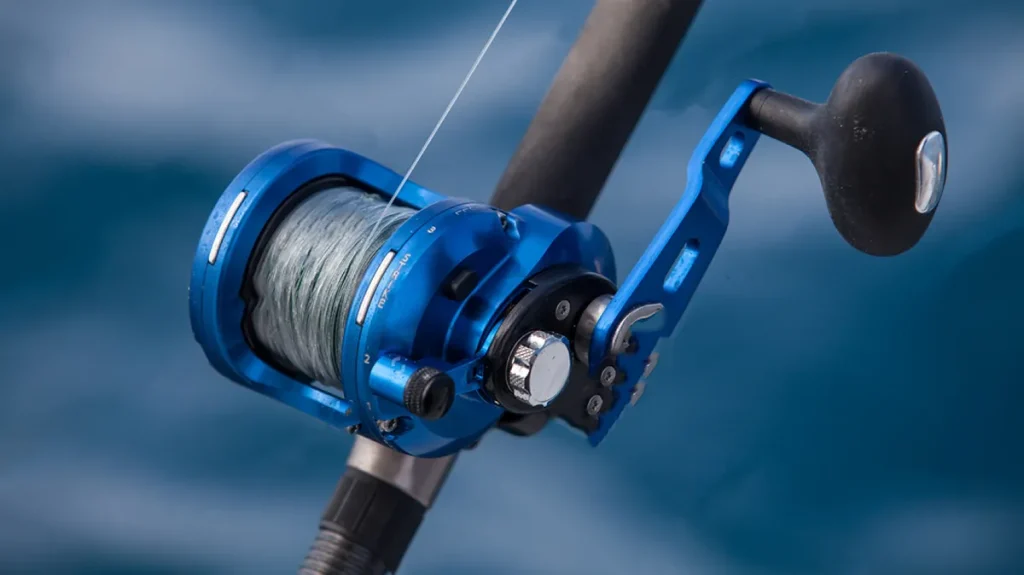
Tackling the challenges of braided lines doesn’t have to be a hassle. Let’s dive into some hands-on solutions for those moments when your line decides to have a mind of its own.
Unwinding Wind Knots
Got knots? No problem! Unwinding wind knots is all about patience and technique. Start by gently pulling the line apart at the knot without yanking—this can tighten it further. Use a thin object, like a safety pin, to help loosen tight spots. Work slowly, and remember, the key is gentle persistence. It might test your patience, but it’ll save your line from damage.
Addressing Line Dig
Line digging into your spool can be a real pain, especially when you’re in the heat of a catch. To tackle this, first, check your drag settings. A tighter drag can cause the line to embed itself under pressure. If you notice the line digging, try loosening the drag a bit. Re-spooling might also be necessary if the line has buried itself deep. When re-spooling, ensure the line is tight and evenly distributed across the spool.
Enhancing Abrasion Resistance
Braided lines are tough, but they’re not indestructible. To boost their abrasion resistance, consider using a line conditioner or opting for lines with specific coatings designed for extra durability. These products can add a protective layer to your line, reducing wear from rough conditions. Regularly applying a conditioner can also keep the line smooth, ensuring better casting and longevity.
With these solutions in your angler’s toolkit, you’re well-equipped to handle the quirks of braided lines. But remember, regular maintenance and care are just as important as knowing how to fix issues when they arise. Stay tuned for our next topic, “Maintenance and Care for Braided Lines,” where we’ll share tips on keeping your braided line in top condition for every fishing adventure. Keeping your line well-maintained means less time troubleshooting and more time enjoying the water.
Maintenance and Care for Braided Lines
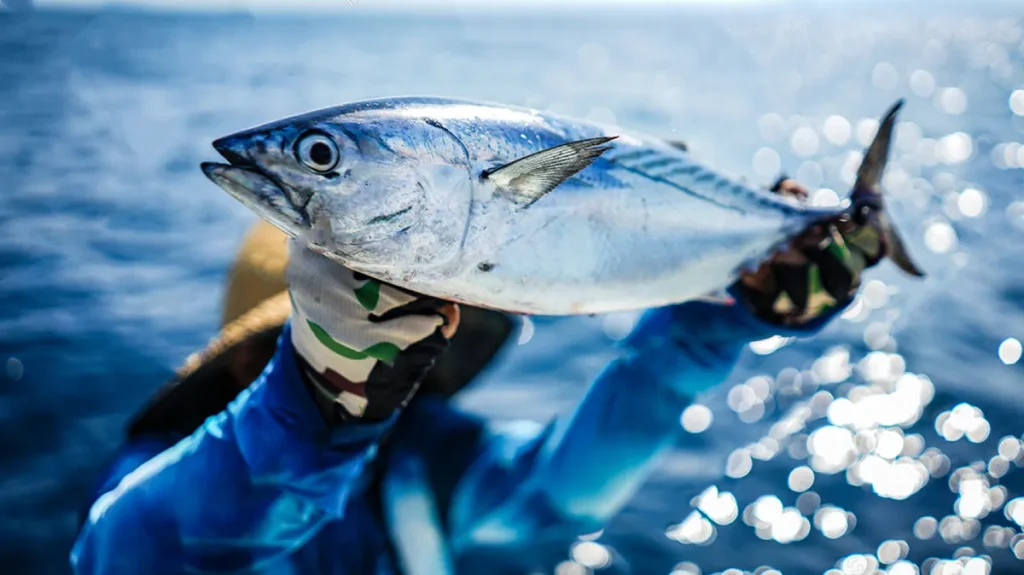
Keeping your braided line in prime condition isn’t just about fixing problems as they arise—it’s about proactive care that extends its life and improves your fishing experience. Let’s chat about how you can keep your braided line ready for action, anytime.
Regular Inspection and Cleaning
Just like checking your car before a long trip, giving your braided line a once-over can save you a lot of trouble down the line (pun intended). Look for frays, nicks, or any signs of wear and tear. These can weaken your line, making it more likely to break at the worst possible moment.
Cleaning your line is just as important. After each trip, take a moment to rinse it with fresh water. This helps remove salt, dirt, and other grime that can degrade the fibers over time. For a deeper clean, soak it in a mild soap solution before rinsing thoroughly. Let it dry completely before winding it back on the reel, to prevent mold and mildew from setting in.
Storage Tips
How and where you store your braided line can make a big difference in its longevity. UV rays from the sun can weaken the fibers, while moisture can lead to rot and corrosion. To avoid these pitfalls, store your reel and line in a cool, dry place away from direct sunlight. If you’re storing a line off the reel, consider using a line storage box or bag that protects it from the elements.
Conclusion
Navigating the intricacies of braided lines can truly elevate your fishing adventures, ensuring not just success but genuine enjoyment of the water. From understanding the unique challenges posed by braided lines to mastering preventative strategies and solving pesky issues, there’s a lot that goes into making every cast count.
Investing time in getting to know your gear, and arming yourself with the right knowledge and tools, can transform your fishing experience from frustrating to fruitful. And when it comes to choosing the best-braided line for your needs, remember that ReelBoss has got you covered with top-notch options designed to keep you casting smoothly and efficiently. So, gear up, stay informed, and let ReelBoss help you make the most of your time on the water.
